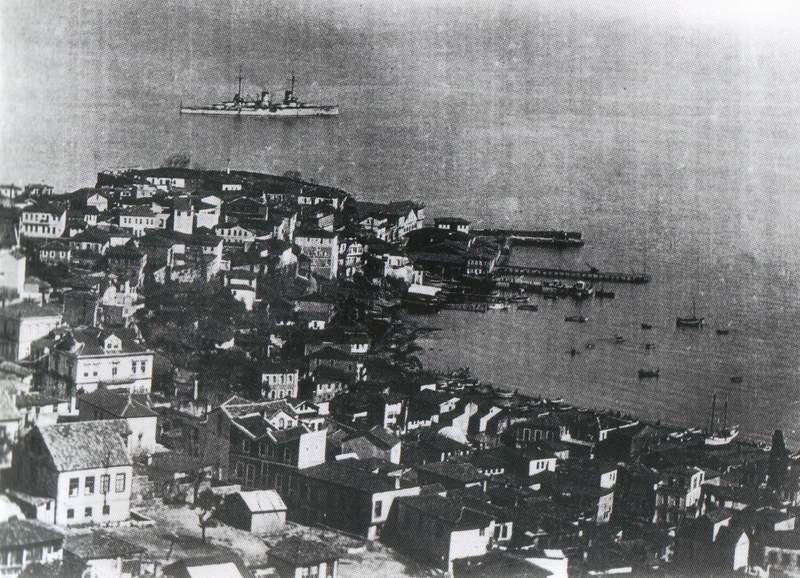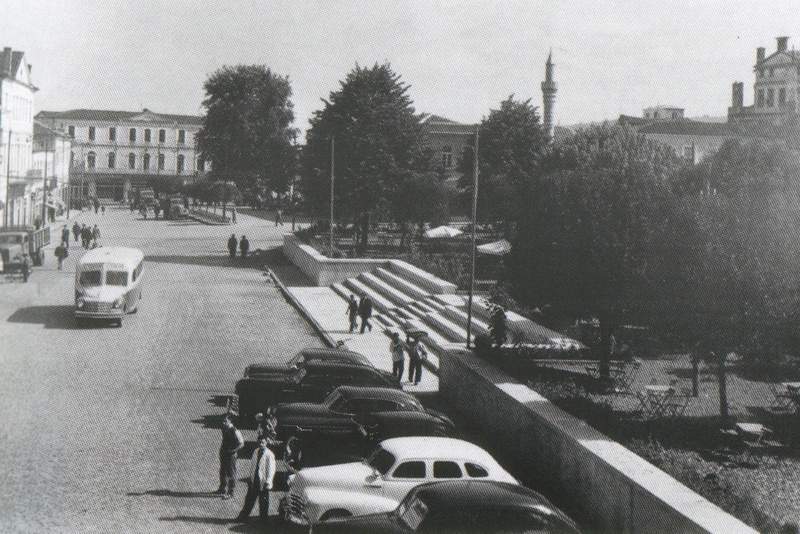Trabzon, historically and socio-culturally the most significant of the Eastern Black Sea Region, has a history of approximately 5000 years. It is believed that the founders of the city came to Trabzon from Middle Asia by passing over the Caucasus. The name of the city is the first cited in the Xenophon's book Anabasis as "Trapezus" based on the table like the shape of the Middle Tower (Ortahisar) and the Upper Tower (Yukarıhisar) parts which are the ancient centres of the city.

In 7th century BC, the Miletans who came to the shores of the Black Sea for trade purposes invaded and colonised Trabzon. In his memoirs called “Anabasis”, Ksenophon, who wanted to transport his returning army via Trabzon after the wars with the Persians in 400 BC, reports the presence of some combatant and civilised tribes in the region such as Tibaren, Khalybi, Drill, Tzanni, Makron and Kolkh. In their books, some European historians claim these tribes to be of Turanian origin.
After the collapse of the Alexander the Great’s large but short-lived empire, Trabzon was left to the Pontus Kingdom which was founded by a Persian nobleman in the North Anatolia (280-66 BC). With the occupation of this kingdom by the Romans, the Roman period started in Trabzon. From then on, Trabzon became an important base for the Roman military campaigns against the Persians. After the division of the Roman Empire as East and West in 395 AC, the region was left to the Eastern Roman Empire during which, Trabzon and its environs were attacked by different tribes of Turkish origin coming via Caucasus and Iran. Some of them gradually inhabited the mountainous territories surrounding Trabzon. However, the main and biggest heap took place after the victory of Turks in Malazgirt War in 1071.

The Seljuks controlled large parts of Anatolia and their attacks resulted in the Seljuks’ gradual control of large parts of Trabzon region and the settlement of Cepni tribe of Oguzs on these lands. Being located on the historical Silk Road, Trabzon benefited commercially a lot during this period. Gradually, this made Trabzon richer and, therefore, attracted the Genoese and Venetian merchants. The Roman domination in Trabzon lasted until the seizure of Istanbul by the Crusaders in 1204. From this date until 1461, Trabzon was under the domination of the Comnenos dynasty as an extension to the Byzantium. On 15th August 1461, Sultan Mehmet the Conqueror conquered Trabzon to help achieve the unity of Turkey needed to control the gateway to the east (Iran) and north (Caucasia-Crimea). Since then, Trabzon has continued its significance as a gate opening to the east.

Follow us